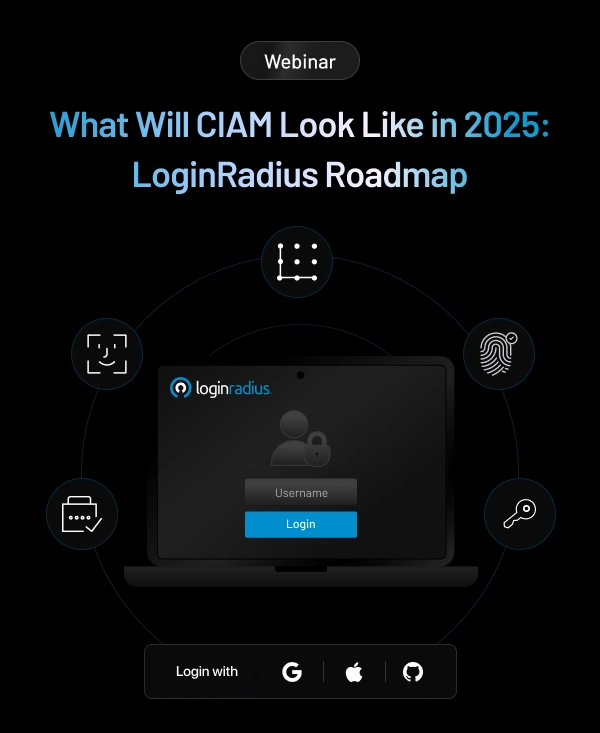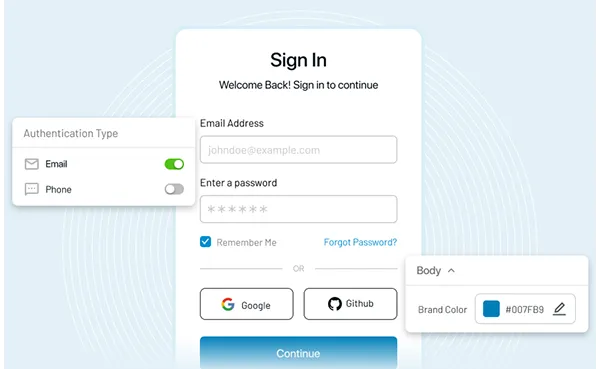In modern times, retailers use automation, machine learning, and other technological advances to supplement various aspects of their operations. From their distribution networks to their shop fronts, successful companies are implementing new and emerging technologies.
From the corporate end to the production center to the selling floor, technology is aiding retailers in gaining a more comprehensive picture of their daily operations. Companies can use systems like enterprise resource planning to verify their earnings independently. Businesses that use these data-rich reports and smart authentication make better decisions.
Retailers can enhance not only their reporting capabilities but also their client experiences by incorporating more advanced technologies. Moreover, retailers who use technology can supply goods faster and easily track where they came from with the help of the identity import manager. They are also using techniques to construct intelligent and more productive supply chains.
Understanding the Role of CIAM in Supply Chain Management
Retailers hold access to a comprehensive range of technologies. From today's current options, such as RFID tags, to stimulating creativity, such as self-driving trucks, businesses will largely depend on computers to manage their daily operations.
Mentioned below are some latest technologies that help companies to foster identity and access management in the supply chain.
- Artificial Intelligence
Currently, AI assembles and collects client information and consumer audit trail, which retailers share with their manufacturers. This information is then employed to assist businesses in producing the correct amount of product, thereby reducing waste from overproduction.
Retailers benefit from AI solutions that accumulate and analyze consumer data from social media, their purchasing habits, and other sources to render valuable business insights. Retailers who use this information make educated, data-driven decisions about when and ways to target consumers with the most definite promotion or deal.
- Radio-Frequency Identification Devices
Retailers can use RFID tags to track assembly operations or individual products. Also, at the store level, employees can readily restock items after counting the number of RFID tags left for a product.
Tags are used in the production center to ensure order accuracy and monitor the product’s shelf life. Also, businesses that use RFID tags as CIAM solutions for logistics can transport goods safely and get an exact estimate of the inventory by using these tags.
- Internet of Things
The internet of things (IoT) refers to any device or object getting connected to the internet. The ability of the Internet of Things or IoT authentication to help businesses track every brand or item aids people in making quick and accurate decisions.
Retailers can better distribute money and minimize lost time by integrating all stages of the distribution chain, from conception to product features in the store. A supply chain software firm, for example, uses IoT-connected gadgets to notify users of any issues with monitored products or user data security.
The cellular-connected device provides companies with real-time notifications on the status of a shipment. If a shipment is damaged, companies get notified quickly and, if needed, can plan a substitute delivery using this application.
- Automatic Robots
Intelligent machines have a lot of potentials to help vendors, from stockpiling robots to drone delivery companies. Robotics can help retail supply chain management businesses save time and money by speeding up processes and creating tracking data. Also, nowadays, many retail chains use robots in their storage facilities to help with inventory marketing and product delivery for better privacy compliance.
- Blockchain
Retailers benefit from blockchain because it provides a secure, time-stamped, and immutable record of an item or transaction. This technology gives businesses a bird's-eye view of a product's life, which helps them make better decisions and improve processes.
Retailers can use blockchain technology to learn from and monitor how a collapse or malfunction occurred. Also, blockchain can help retail businesses overcome the challenges of credential stuffing by using multi-factor authentication as login services.
MFA can assist companies in guarding their online data against cyber breaches to prevent loss of resources and customer trust.
The Bottom Line
Digital transformation is all about enhancing the customer experience by reducing online threats such as credential stuffing attacks. Digital technologies are transforming and improving the customer experience game, introducing new rules and opportunities that were previously unimaginable. Customer Identity and Access Management (CIAM) is a brand-new subset of Identity and Access Management (IAM), and it is primarily a component of the customer experience.
Also, clients are now constantly anticipating deeper social connections supplied effortlessly and flawlessly, as digital interactions have become the principal mechanism for conversing with brands online using login services.
Customers likewise expect some control over how companies collect, store, manage, and share their personal information. With the competition just a click away, your company's misuse of customer data, whether intentional or unintentional, can severely harm brand equity. Contact us to secure your operations with LoginRadius today!

















